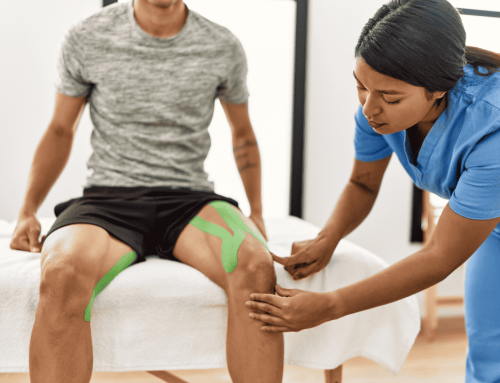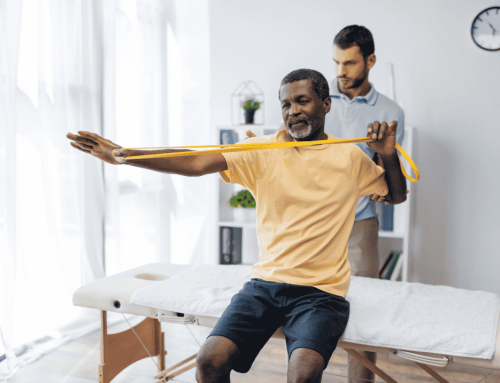Skiing Injuries – Aktiv Coast Healthcare, Tsawwassen, BC
Suffering from knee pain while out on the mountain? If you ski long enough the chances are that yourself or someone you know will have a painful injury to this area of the body. The ligaments and capsule of the knee joint will only support the knee if the surrounding joints and muscles provide stability and proprioception (balance) to the joint.
As Robert Kjemhus, our kinesiologist explains, two of the most commonly injured ligaments in the knee are the medial collateral ligament and the anterior cruciate ligament. These ligaments help to stabilize the knee and prevent the knee from caving inwards under load. If your strength, stability, and proprioceptive (balance) systems are not functioning at their best you are at increased risk of injury.
Just like the way we learn new skills and movements, the muscles and proprioceptive system can be trained to improve strength, stability, and reaction time. Training these systems will help to reduce injury risk, and improve performance, especially in less than ideal snow conditions or when we tired at the end of a long day. Most injuries happen when we are completely fatigued or making an aggressive turn in less than ideal skiing conditions – crud, ice, or bumps.
Robert has put together 5 exercises for you to help save your knees and keep you in control and at your best on the mountain. Robert recommends a series of exercises every second day including clamshells, reverse lunges, band plyometric hops, quarter wall sits, and front planks. Why not take advantage of the slow start to the season and help prevent ski injuries before they happen. Click on the link below to watch our Kinesiologist – Robert Kjemhus demonstrate a few of his recommendations.





